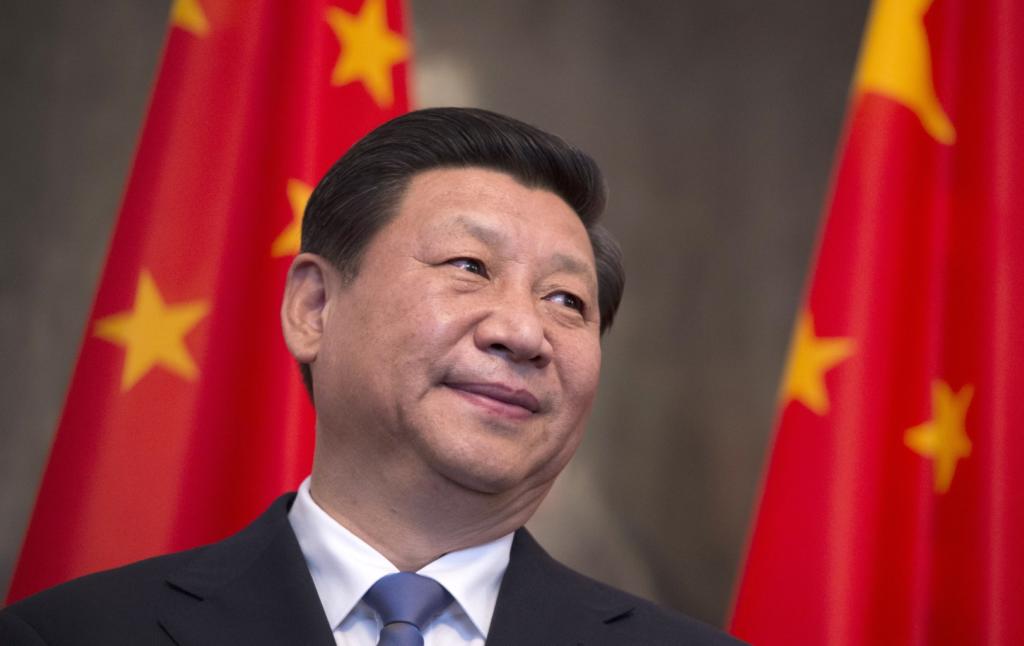When it comes to the freedom of press China was ranked 176 out of 180 countries in the world rankings in 2018. There is no such thing as free press in China, it is all under the control of the communist government. Since the advent of Xi Jinping into the power things for media have only exacerbated. In 2016, Chinese President Xi Jinping made an infamous visit to the country’s top three state-run media outlets and asked editors and reporters to pledge absolute loyalty to the Communist party and closely follow its leadership in “thought, politics and action”. In China media is nothing but just a paid propaganda for the communist party. That’s why its media has no credibility whatsoever. Chinese, aware of the fact, are now hiring foreign journalists to paint a rosy picture of China and show the dragon in a positive light.
According to a ‘The Print’ report, for 10 months every year, starting 2016, China has thrown red-carpet treatment to around 100 foreign Journalists from leading media houses in Asia and Africa. These journalists have been allocated apartments in one of Beijing’s plush residences, the Jianguomen Diplomatic Compound, where a two-bedroom apartment costs 22,000 Yuan (Rs 2.4 lakh), a 5,000 Yuan monthly stipend for some (Rs 50,000) and free tours twice-every-month to different Chinese provinces. The Communist government of China also arranges language classes for these journalists, and at the end of the programme these journalists are given degrees in international relations from a Chinese university. These foreign journalists are also provided access to Chinese government officials and ministries. This access is not granted to other foreign correspondents in China.
The programme was first launched for African journalists. After its success, China expanded its media control programme for Asian journalists as well for the journalists of South Asia. It has setup separate centers for journalists of separate regions. For example: China Africa Press Center (CAPC), China South Asia Press Centers (CSAPC), China Southeast Asia Press Centers (CSEAPC). All these centers are operated by the Chinese foreign ministry and the China Public Diplomacy Association. The fact that China is ‘grooming’ journalists from other countries speaks volumes of its vile intention of taking control of the media in various countries.
There are some Indian media houses as well that are part of this programme. The impact of this drive was seen last month when an article appeared in India media reporting that Sri Lankan President had accused Indian foreign intelligence agency- Research and Analysis Wing (R&AW or RAW)- of meddling in Sri Lankan politics. The report was swiftly denied by the Sri Lankan president. Given the recent tilt of Sri Lanka towards India, the report was hugely damaging for relations directly benefiting China. Even during the Doklam issue, some Indian media outlets published stories in favor of China. Time and again, Indian media houses have published many stories in favor of China at the altar of India’s national interest. It seems some Indian media houses have already following the old slogan of communist party: “China’s Mao is our, China’s chairman is our chairman.”
This is reminiscent to the Soviet era influence on Indian media which, according to Mitrokhin archives, was largely in the pocket of the KGB. According to KGB files, “by 1973 it had ten Indian newspapers on its payroll (which cannot be identified for legal reasons) as well as a press agency under its ‘control’. During 1972, the KGB claimed to have planted 3,789 articles in Indian newspapers – probably more than in any other country in the non-Communist world. According to its files, the number fell to 2,760 in 1973 but rose to 4,486 in 1974 and 5,510 in 1975.” KGB planted many stories in Indian media and now Chinese are also trying to do the same under President Xi Jinping’s call in 2016 to “tell China’s story better” to the world.
